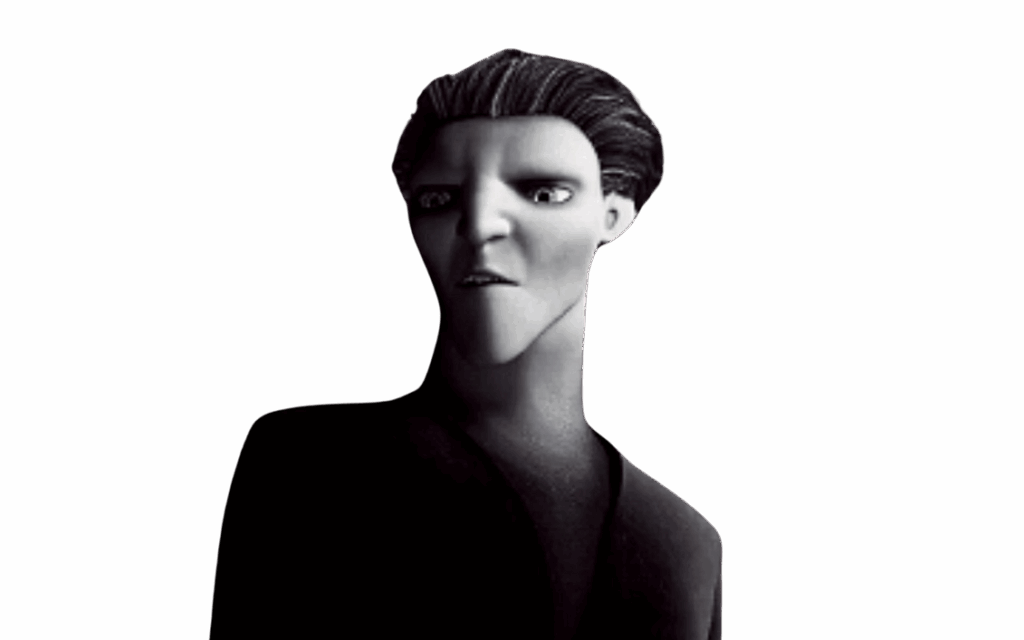
Exploring the Allure of the Pitch Black Character: Morality, Motivation, and Impact
The concept of a “pitch black character” is a fascinating and often complex archetype in literature, film, and television. These characters, often defined by their morally ambiguous actions and shrouded in mystery, captivate audiences with their blend of darkness and, at times, unexpected depth. This article delves into the allure of the pitch black character, examining their motivations, impact on the narrative, and the enduring appeal they hold for audiences.
Defining the Pitch Black Character
What exactly constitutes a pitch black character? It’s more than just a villain; it’s a character whose actions are consistently questionable, whose motives are often selfish, and whose moral compass points definitively toward the darker side of the spectrum. These individuals may not always be outwardly evil, but their choices and behaviors consistently demonstrate a disregard for conventional morality. A pitch black character often operates in a gray area, making them compelling and difficult to categorize as simply “good” or “bad.”
The distinction between a pitch black character and a simple antagonist lies in the nuance and complexity of their presentation. While antagonists often serve as obstacles for the protagonist, pitch black characters often possess their own compelling narratives, motivations, and even vulnerabilities. This complexity allows audiences to understand, if not condone, their actions, fostering a sense of intrigue and morbid fascination.
Motivations Behind the Darkness
Understanding the motivations of a pitch black character is key to appreciating their role in a story. These motivations can stem from a variety of sources, including:
- Trauma and Past Experiences: Often, a pitch black character is shaped by traumatic events in their past. Abuse, neglect, or witnessing violence can warp their perception of the world and lead them down a path of darkness. They may believe that the only way to survive is to become ruthless and self-serving.
- Power and Control: The desire for power and control can be a strong motivator for a pitch black character. They may have experienced a lack of control in their lives and are now determined to seize it at any cost. This can manifest as a thirst for political power, financial gain, or simply the ability to manipulate others.
- Ideology and Beliefs: Sometimes, a pitch black character’s actions are driven by a twisted or extreme ideology. They may believe that their actions, however morally reprehensible, are justified by a greater good or a higher purpose. This can lead them to commit acts of violence or oppression in the name of their beliefs.
- Self-Preservation: In a harsh and unforgiving world, a pitch black character may prioritize self-preservation above all else. They may be willing to betray, manipulate, or even kill to protect themselves and their interests. This survival instinct can lead them down a dark and morally compromised path.
Impact on the Narrative
The presence of a pitch black character can significantly impact the narrative in several ways:
- Raising the Stakes: A pitch black character often presents a formidable challenge for the protagonist, raising the stakes of the story and creating a sense of tension and suspense. Their unpredictable nature and willingness to cross moral boundaries make them a dangerous and unpredictable adversary.
- Exploring Moral Ambiguity: These characters force the audience to confront uncomfortable questions about morality and ethics. They challenge the notion of clear-cut good and evil and force viewers to consider the complexities of human behavior.
- Providing a Foil for the Protagonist: A pitch black character can serve as a foil for the protagonist, highlighting their virtues and flaws. By contrasting the protagonist’s moral choices with the pitch black character’s actions, the story can explore the nuances of good and evil.
- Driving the Plot: The actions of a pitch black character often drive the plot forward, creating conflict and forcing the protagonist to react. Their schemes, betrayals, and acts of violence can set the stage for dramatic confrontations and unexpected twists.
Examples of Pitch Black Characters in Popular Culture
Numerous examples of pitch black characters can be found across various forms of media:
- Walter White (Breaking Bad): Initially a mild-mannered chemistry teacher, Walter White transforms into a ruthless drug lord as he embraces his dark side. His motivations stem from a desire to provide for his family, but his actions become increasingly morally reprehensible as the series progresses.
- Cersei Lannister (Game of Thrones): Cersei Lannister is a cunning and ambitious character who is willing to do anything to protect her family and maintain her power. She is known for her ruthlessness, manipulation, and willingness to use violence to achieve her goals.
- Amy Dunne (Gone Girl): Amy Dunne is a complex and manipulative character who orchestrates her own disappearance to frame her husband. Her motivations are rooted in resentment and a desire for revenge.
- Patrick Bateman (American Psycho): Patrick Bateman is a wealthy investment banker who leads a double life as a serial killer. He is a symbol of the emptiness and moral decay of the materialistic society he inhabits.
The Enduring Appeal
The enduring appeal of the pitch black character lies in their complexity and the questions they raise about human nature. They allow us to explore the darker aspects of ourselves and to confront uncomfortable truths about the world. While we may not condone their actions, we are often fascinated by their motivations and the consequences of their choices. A pitch black character offers a glimpse into the abyss, reminding us of the potential for darkness that exists within us all.
Why are we so drawn to the pitch black character? Perhaps it’s because they represent a rebellion against societal norms and expectations. They challenge our notions of what is right and wrong, forcing us to question our own moral compass. Or perhaps it’s simply because they are fascinatingly flawed individuals whose struggles and choices resonate with our own human vulnerabilities. Whatever the reason, the pitch black character continues to captivate and intrigue audiences, leaving a lasting impact on the narratives they inhabit.
The Psychology Behind Our Fascination
Psychologically, our fascination with the pitch black character can be attributed to several factors. One is the concept of the “shadow self,” a term coined by Carl Jung to describe the unconscious aspects of our personality that we often repress or deny. These aspects can include negative emotions, desires, and impulses. The pitch black character embodies these shadow aspects, allowing us to vicariously experience them without facing the real-world consequences.
Another factor is the thrill of the forbidden. Witnessing a pitch black character break societal rules and taboos can be exciting and liberating, even if we know it’s wrong. It allows us to explore the boundaries of acceptable behavior and to imagine what it would be like to live without constraints. This vicarious experience can be particularly appealing in a world that often feels restrictive and conformist.
Furthermore, the pitch black character can offer a sense of catharsis. By witnessing their downfall or redemption, we can experience a sense of emotional release. If the character is punished for their actions, it can reaffirm our belief in justice and order. If they are redeemed, it can offer hope for the possibility of change and forgiveness.
Ethical Considerations
While the pitch black character can be a compelling and thought-provoking archetype, it’s important to consider the ethical implications of their portrayal. It’s crucial to avoid glorifying or romanticizing their actions, especially if they involve violence, abuse, or other harmful behaviors. The story should clearly demonstrate the consequences of their choices and avoid sending the message that their actions are acceptable or admirable.
Furthermore, it’s important to avoid perpetuating harmful stereotypes. The pitch black character should be portrayed as a complex and nuanced individual, not as a caricature or a symbol of evil. Their motivations and actions should be grounded in realistic circumstances and avoid relying on harmful tropes or stereotypes.
Ultimately, the portrayal of a pitch black character should be approached with sensitivity and responsibility. The goal should be to explore the complexities of human nature and to provoke thought and discussion, not to glorify or condone harmful behavior. The use of a pitch black character can add significant depth to a narrative, provided it’s handled with care and ethical awareness.
Conclusion
The pitch black character remains a powerful and enduring archetype in storytelling. Their morally ambiguous nature, complex motivations, and significant impact on the narrative make them a compelling subject of study. By understanding the psychology behind their appeal and the ethical considerations involved in their portrayal, we can appreciate the depth and complexity that these characters bring to our stories. The pitch black character is more than just a villain; they are a reflection of our own inner darkness and a reminder of the complexities of human nature. These characters, often operating in pitch black moral landscapes, continue to challenge and fascinate us, solidifying their place in the pantheon of memorable literary and cinematic figures. The best examples offer a nuanced look at the human condition, exploring the potential for both good and evil that resides within us all. [See also: Understanding Anti-Heroes in Modern Literature] [See also: The Role of Villains in Storytelling]

